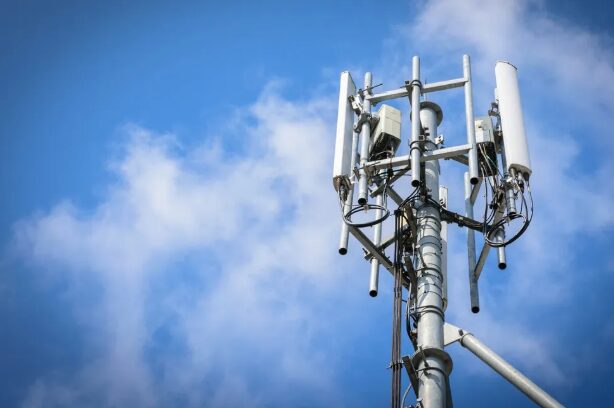The concept of the “smart city” has moved from futuristic fantasy to tangible reality, largely fueled by two interconnected technological advancements: 5G networking and the Internet of Things (IoT). These aren’t merely buzzwords; they represent the foundational architecture upon which the urban environments tomorrow are being built. To gain understanding of their combined impact we turn to Juan Espinoza, a telecommunications expert and the founder of Go Beyond Tech, a company which promises to provide support for these cities of our future.
Espinoza’s journey began in his home country of Venezuela, where he received his Bachelor’s in the field of telecommunications. From there he has only grown and gone on to bigger projects, developing a keen understanding of the importance of connectivity and the infrastructure which provides it. He founded Go Beyond Tech in 2017 as a way to not only further his career but also in hopes of providing top-level 5G support to bridge the gap to the future.
He begins by clarifying the fundamental roles of 5G and IoT. “Imagine,” he says, “a city which incorporates modern technology. IoT devices, sensors, cameras, and all the connected infrastructures, relaying and analyzing information, making the city more efficient by the day. In order to support all of this information, we will rely on the power of 5G to provide high-speed low latency connectivity” This isn’t some Hollywood movie, but rather the very real direction cities are moving.
He elaborates that improvements still need to be made to the current state of connectivity. “There needs to be a concerted effort to lay fiber optic cabling that can support such 5G networks.” Slower connectivity will lead to latencies, or delays in data transmissions, that would ultimately hamper these smart cities. Espinoza looks to countries such as the United States to effectively lay the groundwork for these very cities. While the U.S. has always been at the forefront of telecommunications technology it needs to make a concerted effort to be able to offer 5G throughout.
Espinoza points to several key areas where the merger of 5G and IoT is making a tangible impact. The first he mentions is transportation. “Consider the traffic congestion that plagues most urban centers,” he states. “With IoT sensors embedded in roadways and traffic lights, coupled with 5G’s capacity for rapid data analysis, we can achieve adaptive traffic management.” This will have many iterations including lights that dynamically adjust based on real-time traffic flow as well as the optimization of public transport. Beyond that drivers will be able to receive up-to-the-minute information leading to a smoother and more efficient daily commute.
Furthermore, he emphasizes the crucial role of 5G and IoT in enhancing public safety. “Connected security cameras, environmental sensors monitoring air quality and pollution levels, and even smart street lighting that adjusts based on pedestrian traffic, all contribute to a safer and healthier urban environment.” It’s not just security measures but also emergency response that will be greatly aided by leveraging 5G. The response times for emergencies will drastically be reduced as well with the potential to save countless lives.
Aside from the immediate, practical benefits, Espinoza speaks passionately about the transformative potential of these technologies for sustainable urban planning. “Smart grids, powered by IoT sensors and 5G communication, enable better monitoring and management of energy distribution, reducing waste and promoting renewable energy integration.” He points to smart water systems which can detect leaks and optimize water usage helping to address the very real concerns of water-stressed regions like Los Angeles. This data will provide invaluable insights for urban planners, helping them to make more informed decisions about city design and development
He does, however, acknowledge the challenges. “The large-scale implementation of 5G and IoT in smart cities requires significant investment in infrastructure and cybersecurity.” This investment must span the public-private sector with government backing proving to be a strong motivator for growth. Espinoza stresses the necessity of collaboration between government bodies, technology providers, and the communities they serve. “The successful realization of smart cities requires a collaborative approach. It’s not just about technology; it’s also about understanding the specific needs and challenges of each city, and tailoring solutions accordingly.”
This growth he believes must be done on a parallel scale throughout countries, ensuring that no place gets left behind. Through Go Beyond Tech, he hopes to aid in this growth laying the groundwork for 5G connectivity in underserved communities which encourages them to flourish. “I started Go Beyond Tech as a way to help those in underfunded and underserved communities,” he says. It is this ethos that will eventually help bridge the digital divide that has unfortunately opened within many countries.
Juan Espinoza reflects on the transformative potential of this technological convergence. “The combination of 5G and IoT is not just about making cities more efficient; it’s about creating urban environments that are more livable, sustainable, and responsive to the needs of their citizens. While there are hurdles, the potential benefits are enormous, and the path forward, though complex, is undeniably exciting.” His words serve as a compelling illustration of how these technologies are shaping the future of our urban centers.








